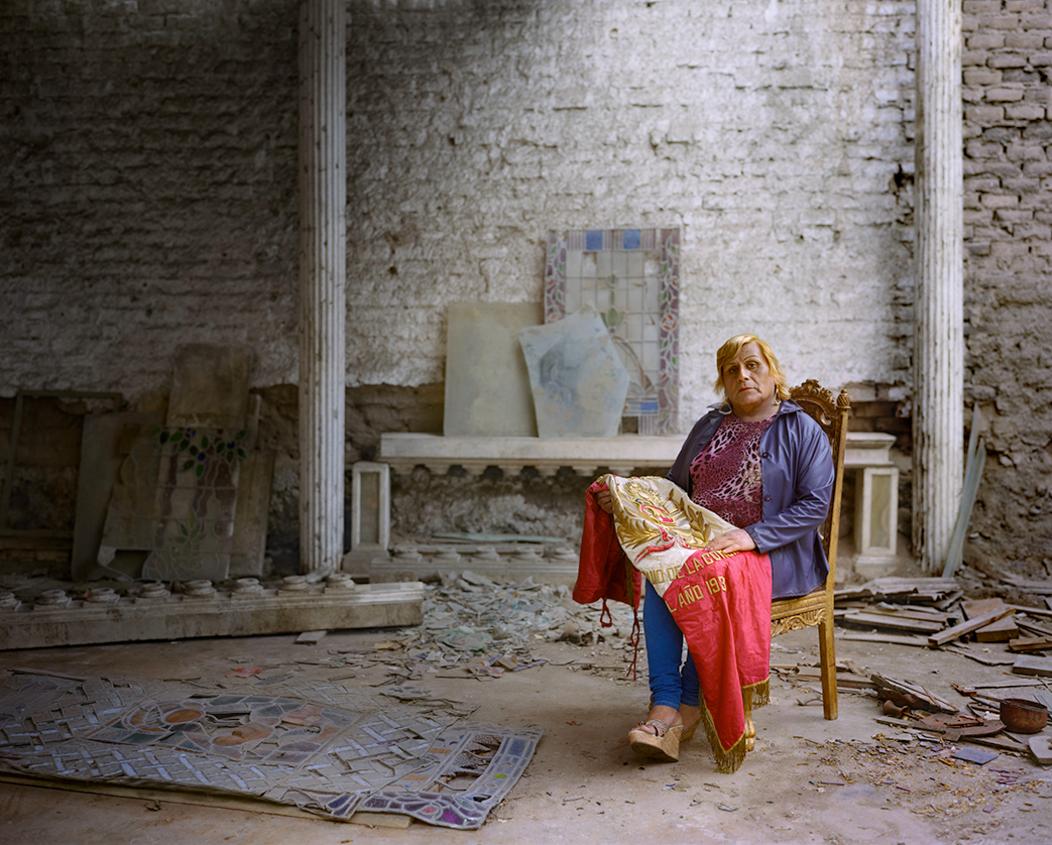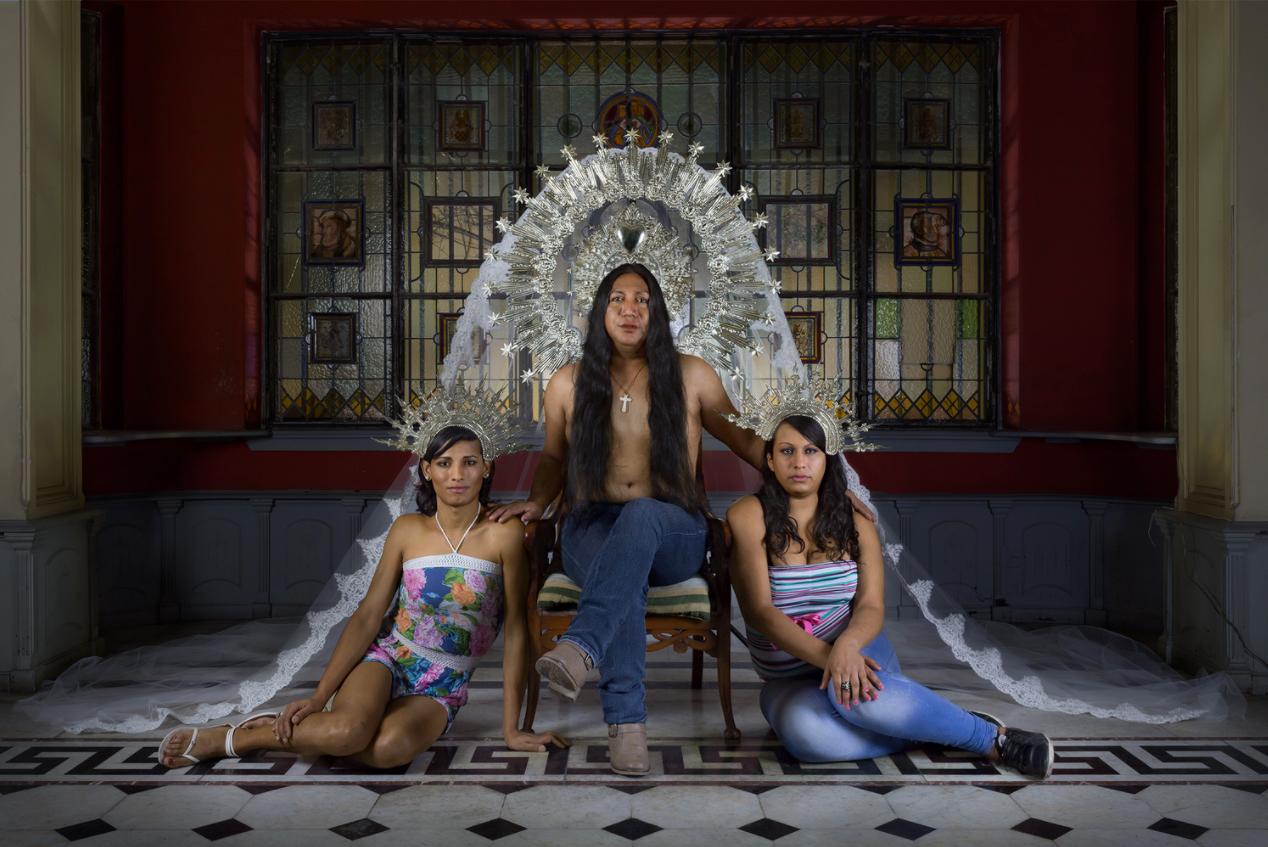Denise, Yefri, & Angie from "Virgenes de la Puerta."
Saturday is Human Rights Day, which commemorates the day the United Nations adopted the Declaration of Universal Human Rights — and calls for people to "stand up for someone's rights."
Two artists in Peru are doing just that for the LGBTQ community, which has often been forced to live on the fringes of society and largely denied basic human rights.
Andrew Mroczek and Juan José Barboza-Gubo created a series of photographs called "Canon." It's a symbolic name — a way of re-writing traditional laws in Peru to include the marginalized LGBTQ community, both in terms of what the word means religiously — like a biblical canon — and what the word means in terms of an object.
"Canon" is comprised of three projects that focus on the LGBTQ community in Peru: The series titled "Virgenes de la Puerta," (Virgins of the Gate) is about transgender women; the "Los Chicos" (The Boys) series focuses on young gay men who are starting political movements in Peru; and "Fatherland" is a series of photographs depicting places throughout the country where hate crimes against and murders of LGBTQ people have occurred.
For "Fatherland," Mroczek and Barboza-Gubo traveled all over all over their country — to the mountains and countyside, to towns and major cities like the capital Lima.
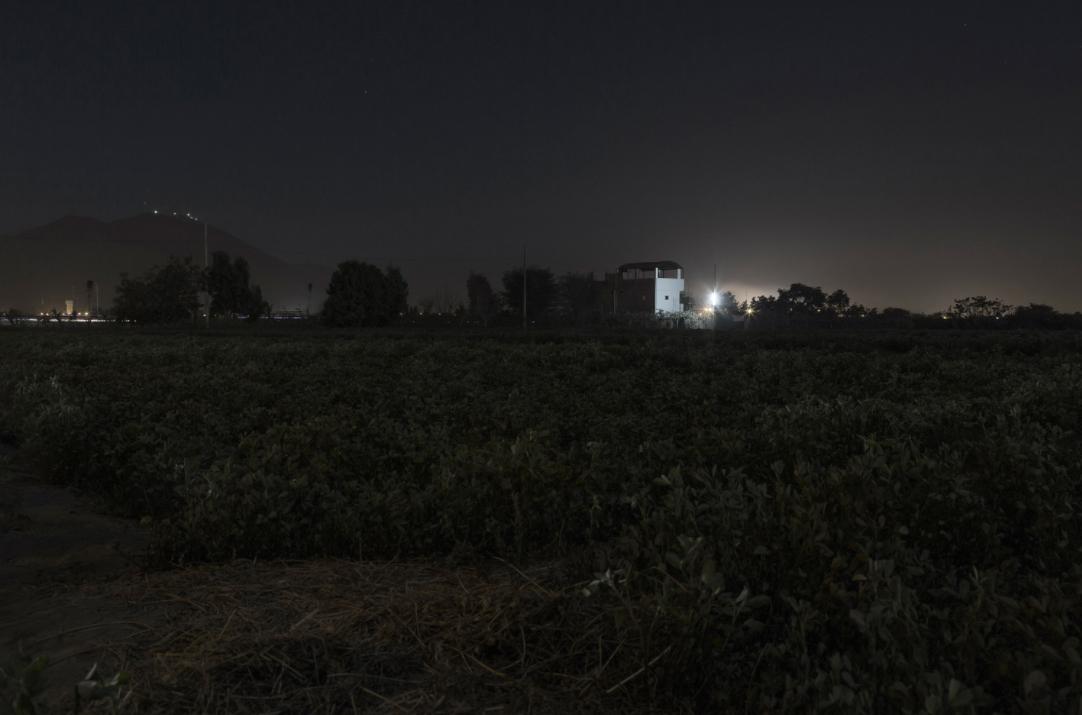
"What you see in the photographs [are] these beautiful landscapes, which are a little bit darkish and greyish, but they are still just a space," Barboza-Gubo says. "Sometimes they have people in the space. Sometimes they are just a landscape. … If you are gay or trans, or, if you are a part of the LGBTQ community in my country and something bad happens to you, [and] you go to the police — they do not even pay attention to you.
"There are all these crimes happening every day and nobody cares. That’s the last thing they want to hear. And what we are trying to do is to show the communities that this happens everywhere, every day. And it happens in the house that is next to you in your neighborhood. It can happen in the beautiful space that is close to these beautiful ruins in the mountains."
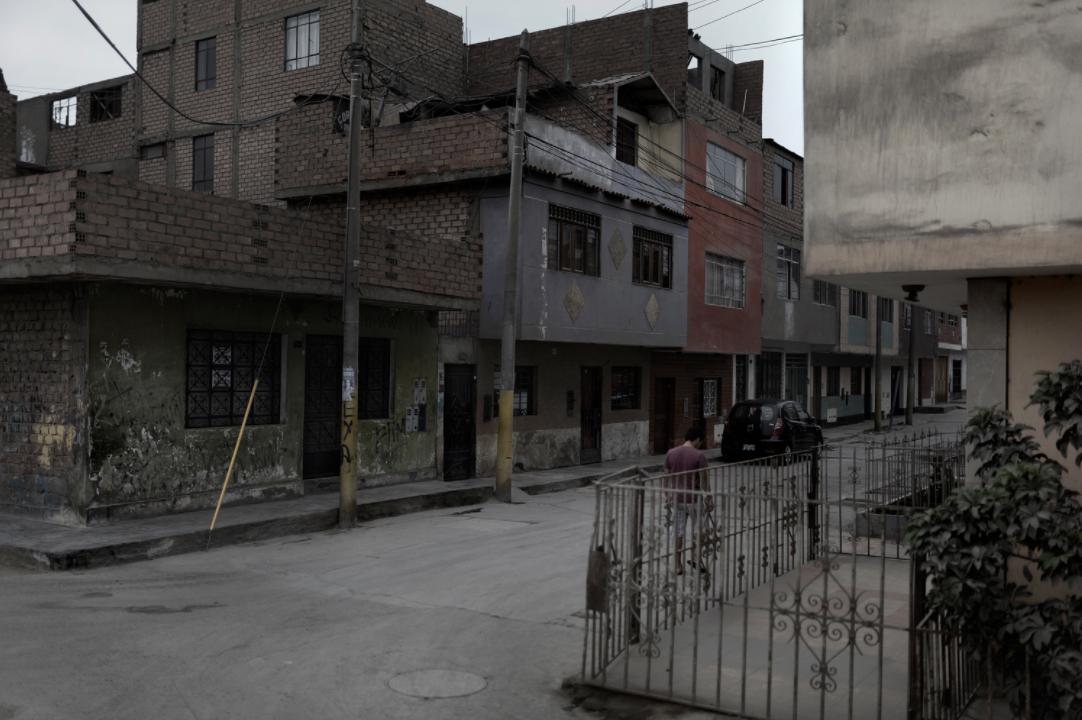
Mroczek and Barboza-Gubo intentionally photographed how beautiful Peru is. But the images, juxtaposed with their captions, tell horrifying stories.
"For us, I think a big turning point was the younger people who were killed," Mroczek says. "One of the last shoots we did was in a town called Chachapoyas, which is up in the mountains in northern Peru. It was there that a 19-year-old boy was dismembered, he was rolled into a mattress, dumped into a field, his fingers, toes and genitals cut off. He was beheaded and burned."
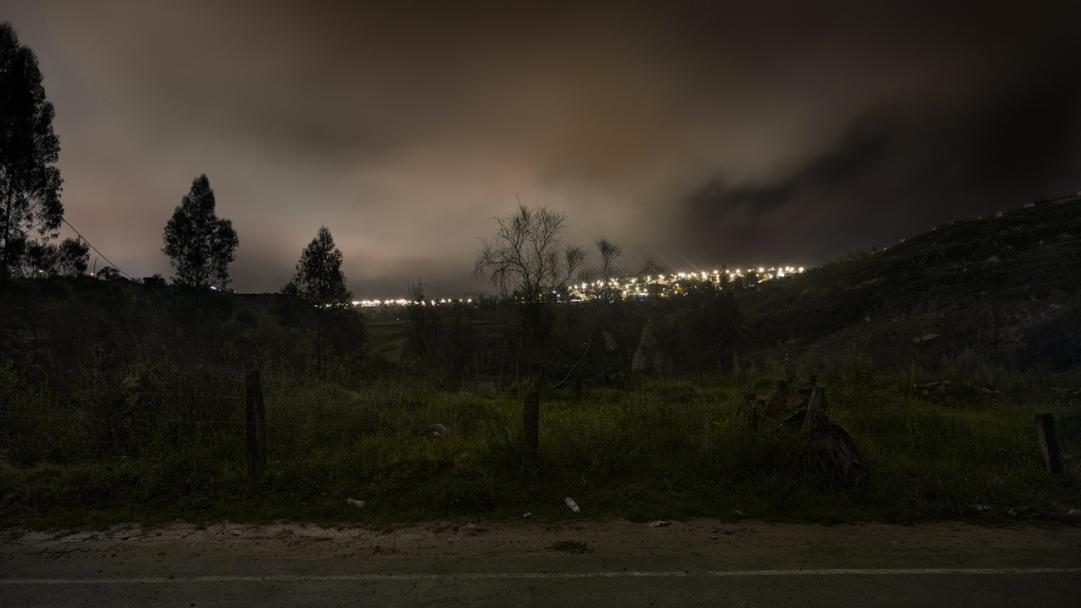
In "Vírgenes de la Puerta," Mroczek and Barboza-Gubo focus on presenting transgender women in Lima in an entirely new light. They are striking portraits that show trans women with crowns, capes and veils — as religious icons, affronting the anti-trans Catholicism that reigns Peru.
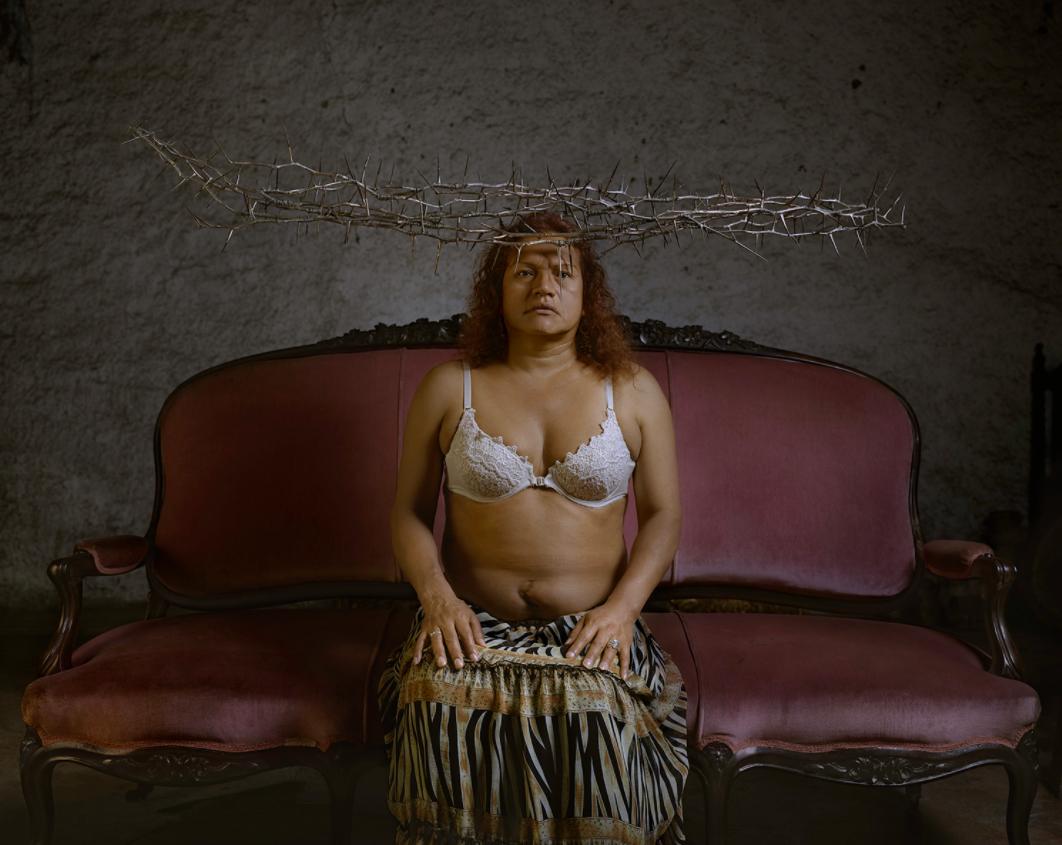
Mroczek and Barboza-Gubo researched Spanish colonial painting for this series. They also looked at the way people were portrayed in photography. And they got access to a unique archive of family photos from the late 1800s to the 1950s.
"We were looking at the way men were photographed and the way that women were photographed," Mroczek says. "Obviously we weren’t able to see what we would recognize as trans women, but we were able to see lots of images being repeated. For example, the type of braids that women would have or the way that men would be seated, or the clothing that women would wear. And that became, probably, the most important part of the project, was finding a way to re-incorporate them in that way."
Mroczek says another important factor of their images was utilizing items like crowns or capes and vales.
"We felt that those objects, they belonged to the people, they belong to all of us," he says. "They’re something that was invented by people and it was something that we could use. And as churches will celebrate saints, we wanted to celebrate these women."
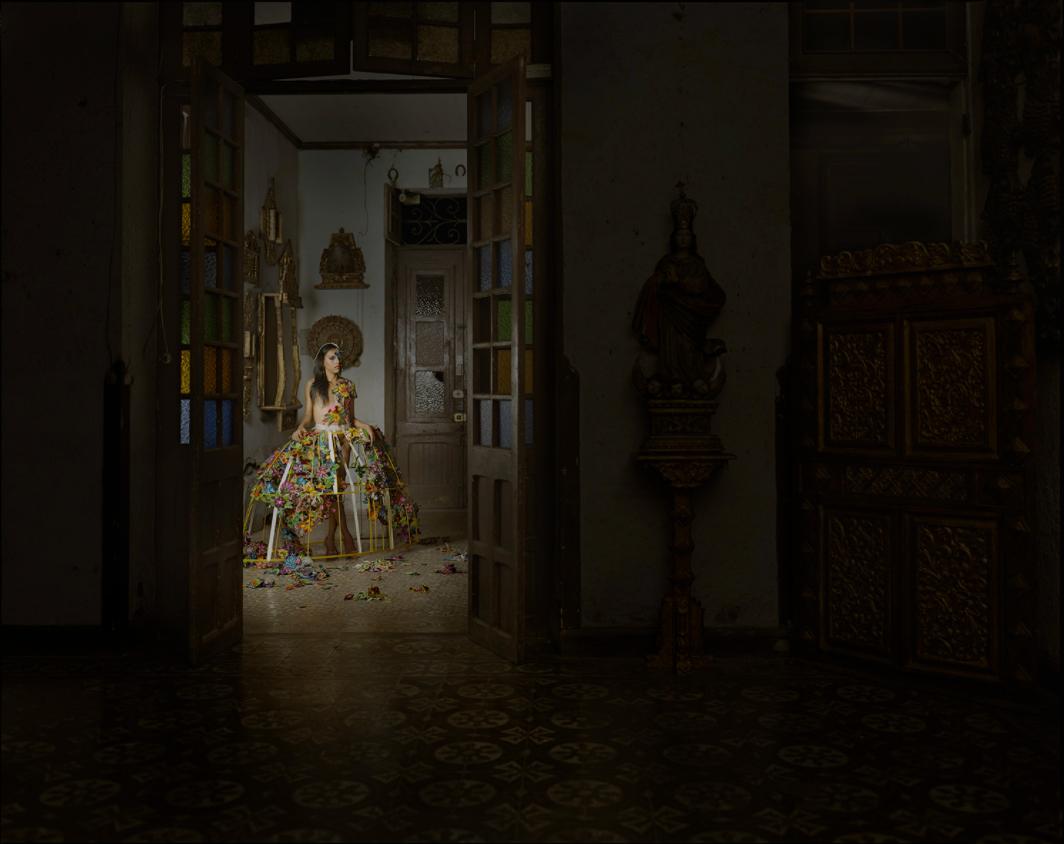
For Barboza-Gubo, depicting Lima's trans women in this way — as icons — is also to give the LGBTQ community images that show them as beauiful.
"Something happened in a community like this. They are not able to find themselves," Barboza-Gubo says. "I feel that they just live a life surviving. They don’t have anything that they can relate to. There is no icon, there is not a hero. … I think that part is super important, because they don’t have anything to see. … We are tying to give them that little thing. There are certain icons in society that right now in 2016 that are already fighting for you and we are making you believe that you will get something out of this. And we are making you believe how beautiful you are and this is the proof. There are these photographs and objects for your community that will probably be really important at some point."
